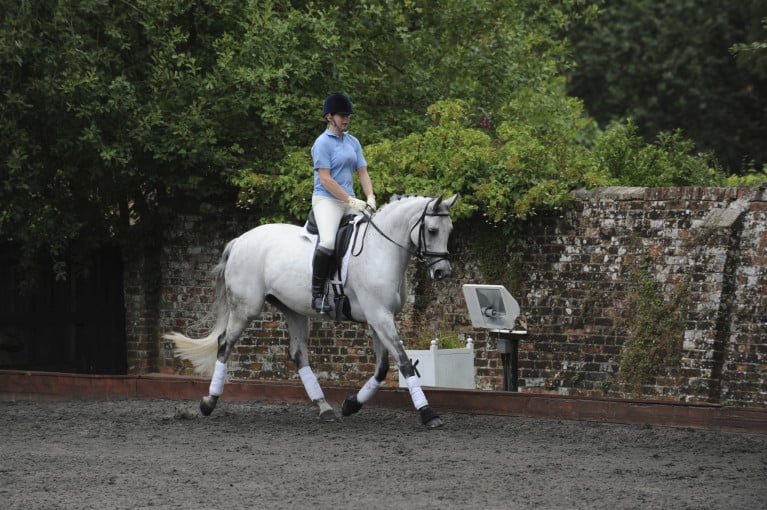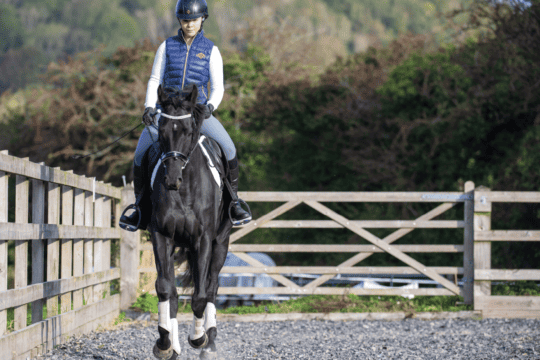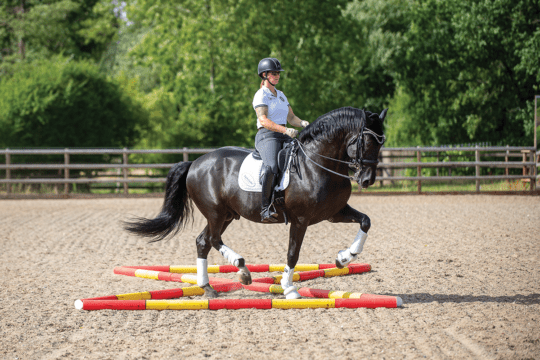Dressage rider, Dan Greenwood, explains the refinements he makes to highly-schooled horses and sheds light on how to get the most from a schoolmaster.

The early years of careful training of the basics really pay off when your horse matures – it’s the culmination of all that hard graft and makes it completely worth it! When you watch an experienced horse showing off high level movements, it’s easy to imagine that he’s learnt all he needs to, but in truth the schooling never stops, although the tweaks I make with an advanced horse are much more subtle than with a younger horse.
Being a good rider means being a questioning one and no matter what level you are riding at or your horse is working at, the same questions apply. I continually ask myself questions to check that neither me nor my horse are slipping into bad habits. Is the contact how I want it? Is he as straight as I want him to be? Has he dropped behind the bit or come in front of it? Does he bend when I ask? Whatever I’m doing with my more advanced horses, I ensure I keep coming back to these basic checks.
I find it really helpful to think ‘two ears, two shoulders, two hips’ – if I want straightness, when I check my horse are all those things where I want them? If the answer is ‘Yes’, then great and I ride the movement. If the answer’s ‘No’, I will adjust him so he is where I want him before I get going. It’s also important to make sure you can move your horse’s head without his shoulder moving – keep checking that you can put his ears up, down and to either side without moving his shoulder. It’s essential to have full control of him before you begin a movement. I’m always thinking about this, even with my young horses, but almost even more so with a horse who is moving up the grades, because those simple foundations are a key part of gaining good marks at the higher levels and it’s impossible to get a good mark if your horse cannot get those basics absolutely spot-on. For example, there’s no point in being able to produce piaffe steps if they’re crooked. Straightness is paramount and the basics are always key.















